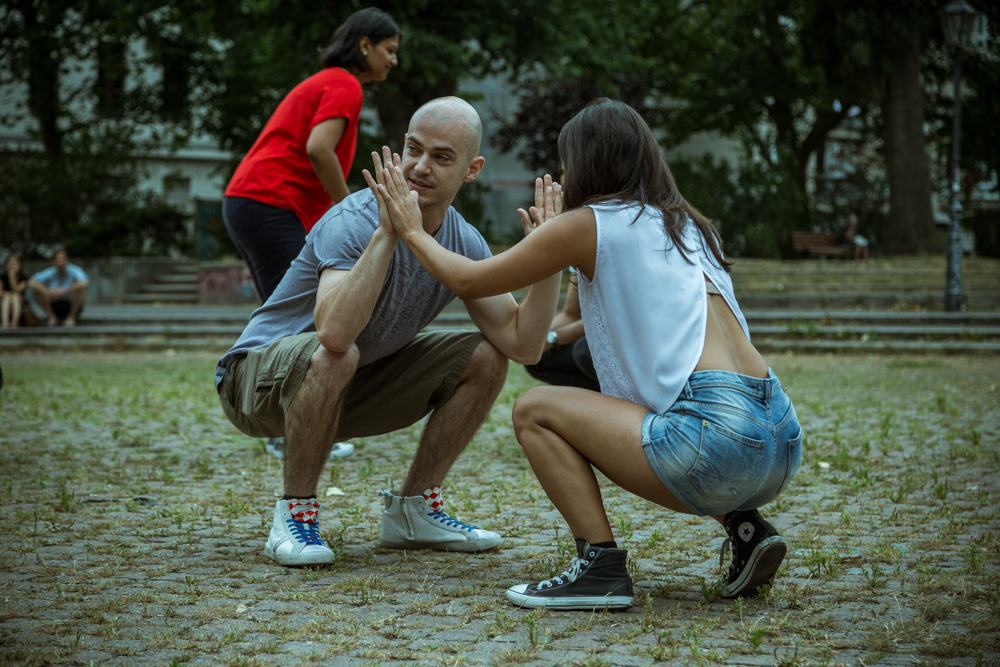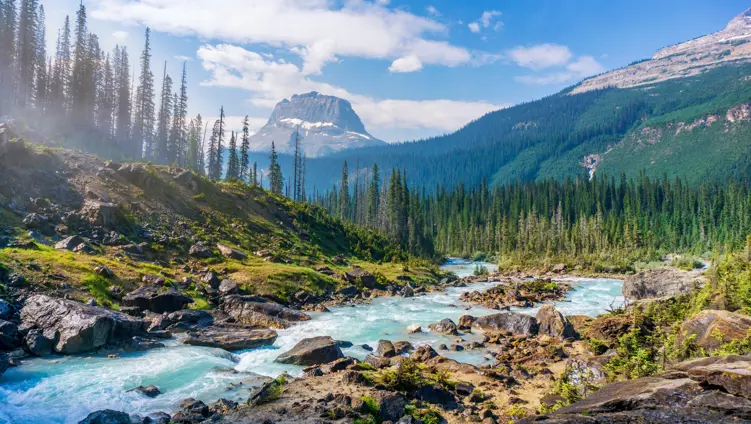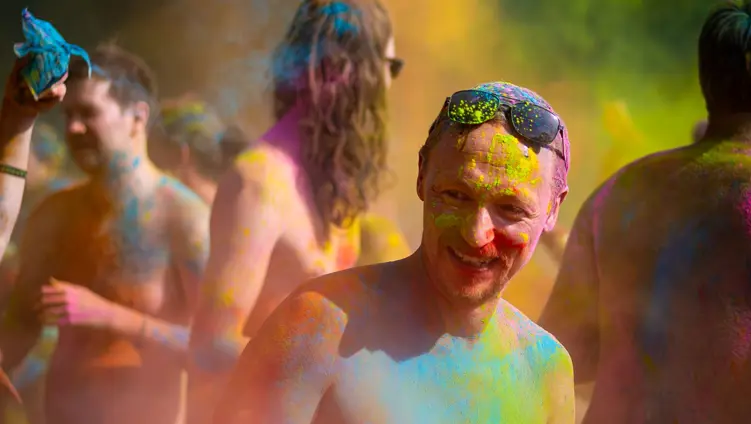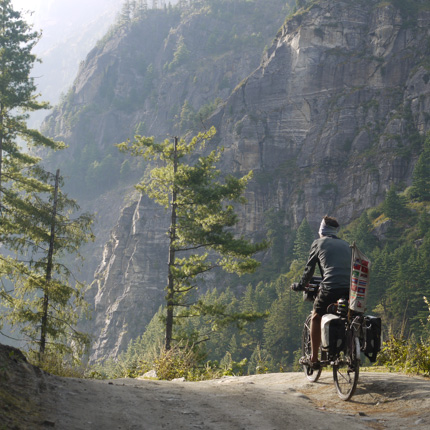
Started by poet and playwright Inua Ellams, The Midnight Run gathers strangers and local artists and activists to explore, play and create while the city sleeps. It is partially influenced by The Situationists - a political and artistic movement between 1957 & 1972 of people who, tired of the commercialism of art and consumerism, wandered city streets seeking real experiences.
Each Run looks different, but delves into the cultural fabric of the environment. Runs challenge participants to step out of their comfort zones, and seek to negate the frenzy and hysteria of mass media, pop culture, hype and reality T.V. in favour of the simplicity and intimacy of walking and talking. The idea is to reclaim city streets, replace the idea of ‘danger after dark’ with ‘discover after dark’, grow urban communities, see relationships blossom between strangers, and inhabit the confines of glass, concrete and steel as a child does a maze: with natural play and wonderment.
Andy Craven-Griffiths is a poet and playwright from the UK. He is a previous Glastonbury Slam Champion and BBC Verb New Voice. His debut play, Joygernaut, is about kindness and was halfway through a national tour when lockdown started. The remaining dates are being rearranged for Spring 2021. Andy is currently studying for a PhD in creative writing (University of Leicester, 2020). You can follow him on Twitter and Instagram.
The Midnight Run, Rome

Andy, what does The Midnight Run set out to achieve?
It started because Inua wanted to program more fun and memorable nights into his regular lifestyle. But it continued and grew because of all the things it does achieve, or tries to achieve.
One is making people feel genuine connection beyond the polite, or prescribed work relationships, which comes through a lot of different routes. The amount of time spent just talking to people not distracted or on our phones. Through the bonding experience of trying something new with someone. I think there is a vulnerability fostered in trying something new that then makes you more open to taking risks in what you tell people about yourself and more interested in what they are saying about themselves.
Runs also set out to feel a sense of ownership and belonging within the city, where often we move from one space to another without the space in between … turning the process into a sort of destination in itself - something worthwhile - in order to try and enrich the in-between bits of the city and life.
The Midnight Run, Berlin

Do you think of Midnight Runs as adventures?
Definitely. I remember the first one I did being the scariest. And the second one being the second scariest. Then the more I did it, the less nervy I felt. Because there is risk in it -that is why it’s an adventure. There is risk in sharing something you've just made artistically when we are all trained to judge each other and be judged. And there is risk in new people, and adventure in new people.
After the first couple of runs that risky side of the adventure left and it just became exciting, because my first two events had shown me that after the initial ice breaking, people connect. It's adventure in new possible friends, adventure in new possible activities and adventure in reminding yourself what it's like to try new things. The older we get, the easier it is to repeat routine, and stay within the things we know we're good at.
Absolutely. One fantastic thing about Midnight Runs is that they encourage that experience of knowing a place really well but finding new nooks and connections.
I have lived in Leeds for ten years. And just off the main shopping street, I've never in ten years spotted that there is a poem engraved on the bricks on the floor. Through The Midnight Run, and deliberately looking for things that I hadn't seen before, it made me notice that poem, in what is now my city.
What is the process of putting a run together?
The easiest way is connecting with a local arts organisation, artist or producer, because they can recommend lots of good stuff that non-locals might not know. Then, walking the city for a couple of days and making notes of which spaces are good for which types of thing - especially spaces big enough and quiet enough on a Friday or Saturday night that you can talk to each other, play games and hopefully shelter in case it rains. Then gradually putting in the timings. It’s a jigsaw puzzle really. And things always go wrong. Something might be closed when it wasn't meant to be closed, or it rains when it said it wasn't going to rain.
'My first two events had shown me that after the initial ice breaking, people connect. It's adventure in new possible friends, adventure in new possible activities and adventure in reminding yourself what it's like to try new things.'
The Midnight Run

One of the stated aims of The Midnight Run is to undermine certain narratives, like the commercialisation of space and the idea of danger after dark. Is there something about walking that is particularly good at doing this?
Firstly, just walking, even on your own, is good for your mental health. Second, because you're facing the same way, rather than looking at each other, it makes it easy to be more vulnerable and more open rather than being competitive and trying to win. That has been found to have a really healthy impact on conversation and connection, discussing the things that you're both looking at - experiencing the same thing and then sharing in it.
In terms of the danger after dark, you definitely feel a lot more comfortable in the middle of Paris at 1am in a group of people with six or seven hours of shared friendship behind you. It opens up spaces that you wouldn't walk on your own necessarily.
And why are artists important to the process?
Artists are important because, on a pragmatic level, they are skilled at what they do. Almost all artists I know have taught their art to someone else. Or, if they don't, then they can perform. They are the guides to the people trying the new thing … they are there to lead the controlled exploration.
Artists are practiced and used to layering meaning into the world and playing with things that you might not expect to play with. That playfulness and bringing meaning and joy and satisfaction out of simple spaces or materials or situations that we may usually just breeze past.
It makes me think of the gorilla, Koko. Penny Patterson was involved in teaching her sign language. I remember reading about Koko making what might be the first joke an animal has made to a human. She had eaten an orange, and had the peel left. And rather than just throwing it in the bin or giving it away, she put the peel on her head and then asked, ‘Do you like my hat?’ That is what I think an artist does: they take the orange peel and they joke that it’s a hat. They transfer that mindset … and invite people to be more playful.
'In terms of the danger after dark, you definitely feel a lot more comfortable in the middle of Paris at 1am in a group of people with six or seven hours of shared friendship behind you. It opens up spaces that you wouldn't walk on your own necessarily.'
The Midnight Run (photo by Wayne Thomas)

Are there any moments that really stay with you from runs?
Some Runs do for the unusualness of the art or craft. For instance we did some rope making on the original ropewalk in Ipswich.
Singing at sunrise on a London Run in 2015 stands out. It was one where there were four simultaneous Runs that joined after the first six hours. It ended in a park with someone playing acoustic guitar and singing along, and a few people jumped up and started dancing and all of a sudden it was the whole crowd dancing at sunrise.
There have been parts where other people have joined the Run, who weren't part of the Run, and have just been welcomed into the fold. And new friendships coming out of it. I’m very close friends with a couple of people I’ve met on a Run. There has been a midnight run baby! I think there might also be a marriage by now.
On one of my first Runs I did in London, I was chatting to a guy who was saying he never does anything arty. He worked in finance and he did it because it seemed so unusual. But he threw himself into all of it and by the end of the run he wasn't talking about changing career or anything, but said ‘I need to build some sort of creativity into my life because I feel like it's woken me up.’ Little comments like that are really satisfying.
Midnight Runs are on hold during the Coronavirus, but will return when it is safe to do so. You can hear about future Runs by signing up to the newsletter on the website, and stay tuned on Twitter or Instagram.







